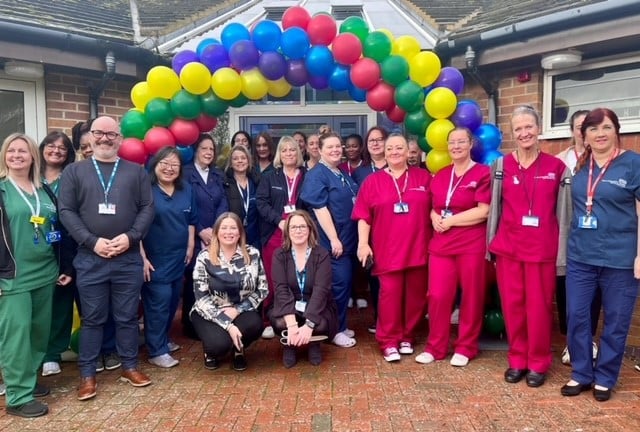Myhealthlocker works to engage patients
- 2 November 2012

Engagement with South London and Maudsley NHS Foundation Trust’s patient access portal is being encouraged via animations for children, computer courses and new devices for clinical teams and patients.
Myhealthlocker – previously known as MyHealthBox – was launched by health minister Earl Howe in May. It uses Microsoft’s HealthVault platform to create a patient-controlled record for the trust’s service users
Senior project manager David Newton said the project has been successful in attracting funding to encourage user engagement.
Pilots went live across five areas of the trust in September and there are currently about a dozen service users regularly using myhealthlocker.
When the pilots end in March, they will be independently evaluated to determine whether the service will be rolled out across the trust.
Children and adolescent mental health services has three pilot sites and an award of £25,000 will support the team in building interactive web tools, including web animations, interactive games and films to help children engage with the information.
A young person’s group is leading the development, which is expected to be complete by the end of the year.
Another £150,000 charity grant is being used to focus on devices and IT literacy.
Newton said the team is providing “drop-in sessions” where service users can do basic computer courses and learn how to use myhealthlocker.
They are also looking at distributing devices to clinical teams involved in the pilots to encourage patient access and giving devices to users on a means assessment basis.
Two local GPs are also involved in the pilots and provide fortnightly extracts to myhealthlocker, including 60 pieces of patient data.
In order to promote self-management, Newton argues that clinicians must relinquish some control. He is using clinical champions in different departments to try and spread this message and get more clinicians on board.
“We are looking at how to promote the service, making it valuable for service users and clinicians. One of the core aims is about outcome measurement and how to improve that to drive services,” he explained.
Myhealthlocker is being used for patients to provide feedback on their treatment and fill out surveys. They can also choose for their information to be shared for research.
Service user Jiri Janeck has been involved with developing myhealthlocker for more than two years.
He can access his care plans and information about his condition and medications and uses the health diary to monitor how he feels on a daily basis.
Whereas paper records could easily be mislaid or lost, Janeck said myhealthlocker is a constant in his life, as he logs into his computer every morning.
When he has an appointment, he can choose to email or print off a diary showing his self-monitoring and share it with his therapist. This can also be used to track his response to different medications.
Janeck told eHealth Insider myhealthlocker has given him a sense of control over his care.
At one time, it took him two years to discover that his diagnosis had changed, whereas now he can see everything his care team writes about him straight away.
“It can make the difference between having yourself admitted to hospital or not,” he said.




